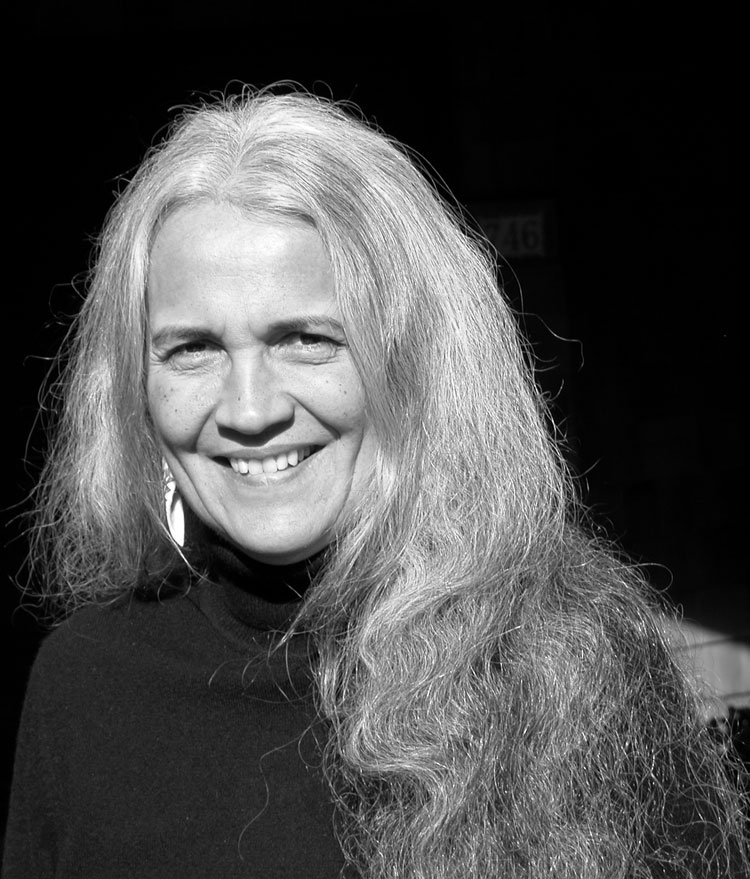10 Questions: Native American judge devotes legal career to restorative justice

Chief Judge Abby Abinanti. Photo courtesy of Abby Abinanti.
The challenges facing litigants in Chief Judge Abby Abinanti’s court are great: poverty, geographic isolation, addiction and a legacy of occupation and oppression. Yet there is hope. And success. Abinanti presides over the Yurok Tribal Court in Klamath, California, and her community-based, restorative approach to justice, along with initiatives she helped launch and lead, are improving lives across this remote Northern California reservation. There’s a wellness program to help drug offenders, a community restitution program, and even a program for those accused of domestic violence that has a recidivism rate of zero. Abinanti’s accomplishments have been covered in a documentary film, written about in leading news outlets and, perhaps most impressively, are inspiring new approaches to jurisprudence across the nation.
Tell me a bit about the Yurok tribe, and where do the tribal courts come in?
Yurok means “down river” in another language. We were called that by other tribes in the area, so that’s where the name came from. We were formally recognized and got our constitution in 1993, and today there are over 6,000 members, making us the largest surviving tribe in the state. We are a village society. We are very tied to salmon, very tied to the Klamath River. We are a world-renewal people; we believe we have a responsibility to protect the earth. We were very fortunate in that we were never removed from our land, so we are still on the land that was always ours. The land is very rugged. For instance, we don’t have electricity yet on the eastern end of the reservation. At times, it has had its difficulties, but it contributed significantly to our ability to survive. We still suffered massacres, indentured servitude, forced removals of kids to go to school; and those are hard to get over, but it’s our responsibility to get over that and move forward. Our judicial system is based on the values of the villages.
Did you always want to be a lawyer?
No, it never occurred to me. I would never have picked it for myself.
How did you end up pursuing a JD?
When I was graduating from college, it was at the time when they were starting to offer the Economic Opportunity Program for kids of color, and there were scholarships for Native Americans to go to law school. There was an advisory group at my college made up of primarily Native women, and they said, “You will go to law school.” It’s very hard to win an argument with old Indian women.
You graduated from the University of New Mexico School of Law at a time when there weren’t many Native American lawyers in the West or nationally. In fact, you were the first Native American woman to pass the California bar exam. Were you ever tempted to go the BigLaw route—to go for the big city and the big paycheck?
I never intended to go anywhere but home. I felt a responsibility to my community. I went to work for the California Indian Legal Services, and eventually I went into private practice. But I still worked for tribes, for Native clients, and I did dependency work before and after the Indian Child Welfare Act. Those were wild times.
In what way?
People weren’t used to seeing Native Americans in court if they weren’t wearing orange jumpsuits. Some lawyers and judges had negative views of Native Americans, and that wasn’t the easiest.
This article was published in the March 2018 issue of the ABA Journal with the title "Community Contribution: This Native American judge has devoted her legal career to creating remedies that incorporate tribal values."



